What is flexibility? In an introductory course in exercise one learns that flexibility is one of the five components of health related fitness. Flexibility is defined as the ability to move a joint through its full range of movement.
In elementary school many of us performed the sit and reach test as a marker of flexibility. The sit and reach test is a legitimate method for measuring low back and hamstring flexibility; however, the best way to think about flexibility is in terms of being able to move the body in the planes of movement consistent to normal human activity and specific to one’s individual activity preferences.
How can one develop the flexibility needed for every decade of life and for the specific activities one enjoys? Stretching is a piece of the puzzle but not the whole answer. First of all it is important to understand that more flexibility is not always best. Too much flexibility or too little flexibility will make one injury prone. Therefore, the key to healthy flexibility comes back to being able to move the body in planes of movement common to normal human activity and specific to individual activity preferences. This is achieved primarily through the following two avenues: core strength and muscular balance.
Core strength refers to the “core of the body” or abdominals, internal/external obliques, and spinal erectors. The body is a chain of three links: upper body, core (middle body), and lower body. If a chain of three links is compromised at its middle link, then all links are compromised. The core of the body is the key to creating the freedom to move in all planes of movement. Therefore the first step to developing flexibility is to develop core strength. The best exercises to develop core strength do not isolate the abdominal, oblique and low back but actually incorporate the whole body. The best core exercises are deadlifts, squats, lunges, push-ups, pull ups, planks and variations of these exercises.
Muscular balance is the other key. Muscular balance refers to protagonist and antagonist muscles being in balance. Each muscle has an opposing muscle, for example, the triceps and bicep or quadriceps and hamstring. When opposing muscle groups are strong and proportionately in balance, flexibility and range of movement are achieved. For example, if the quadricep muscle is too strong then it will pull on the hamstring. Balance is needed; however, balance is not always a 1:1 ratio. Balance with the quadriceps and hamstring is a 3:2 ratio. If one lacks core strength and balance in opposing muscle groups, one could stretch all day long and not improve one’s flexibility and range of movement.
Some people are naturally very flexible and others are not. There are genetic set points; however, all people can improve their flexibility and make their body more functional in terms of its ability to move in different planes of movement. A personal trainer can be very helpful in developing a properly balanced exercise prescription and providing manual assisted stretching.

